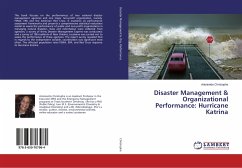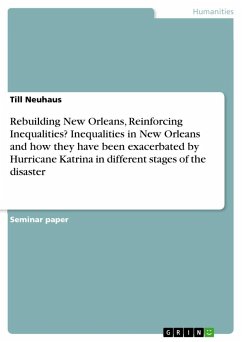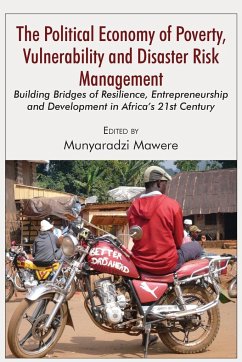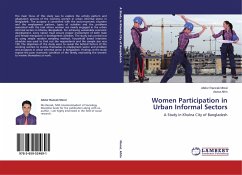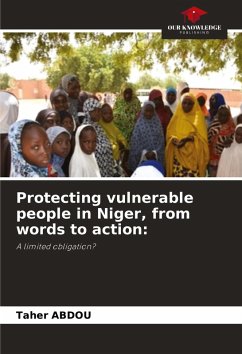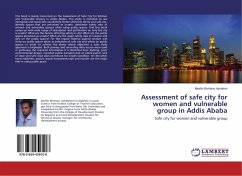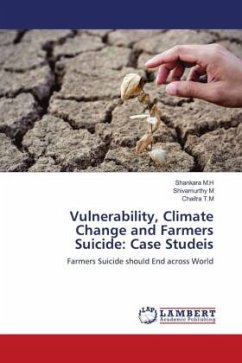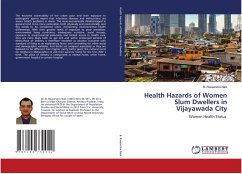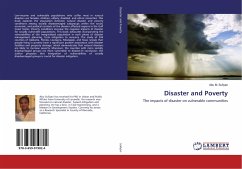
Disaster and Poverty
The impacts of disaster on vulnerable communities
Versandkostenfrei!
Versandfertig in 6-10 Tagen
40,99 €
inkl. MwSt.

PAYBACK Punkte
20 °P sammeln!
Low-income and vulnerable populations who suffer most in natural disasters are females, children, elderly, disabled, and ethnic minorities. This book explores the association between natural disaster and poverty conditions among socially disadvantaged subgroups within the social, economic, and political contexts of the disaster affected regions in the Gulf Coast States. Poverty conditions increase the negative impacts of disaster for socially vulnerable populations. This book advocates incorporating the vulnerabilities of the marginalized population in each phase of disaster management plannin...
Low-income and vulnerable populations who suffer most in natural disasters are females, children, elderly, disabled, and ethnic minorities. This book explores the association between natural disaster and poverty conditions among socially disadvantaged subgroups within the social, economic, and political contexts of the disaster affected regions in the Gulf Coast States. Poverty conditions increase the negative impacts of disaster for socially vulnerable populations. This book advocates incorporating the vulnerabilities of the marginalized population in each phase of disaster management planning, from mitigation to recovery. The study of 534 counties of Alabama, Florida, Louisiana, Mississippi, and Texas reveals that people living in poverty have a significant positive association with disaster fatalities and property damage, which demonstrates that natural disasters are likely to increase poverty. Moreover, the counties with more socially disadvantaged groups are more vulnerable to disaster.In conclusion, the author proposes that integration of vulnerabilities of socially disadvantaged groups is crucial for disaster mitigation.



